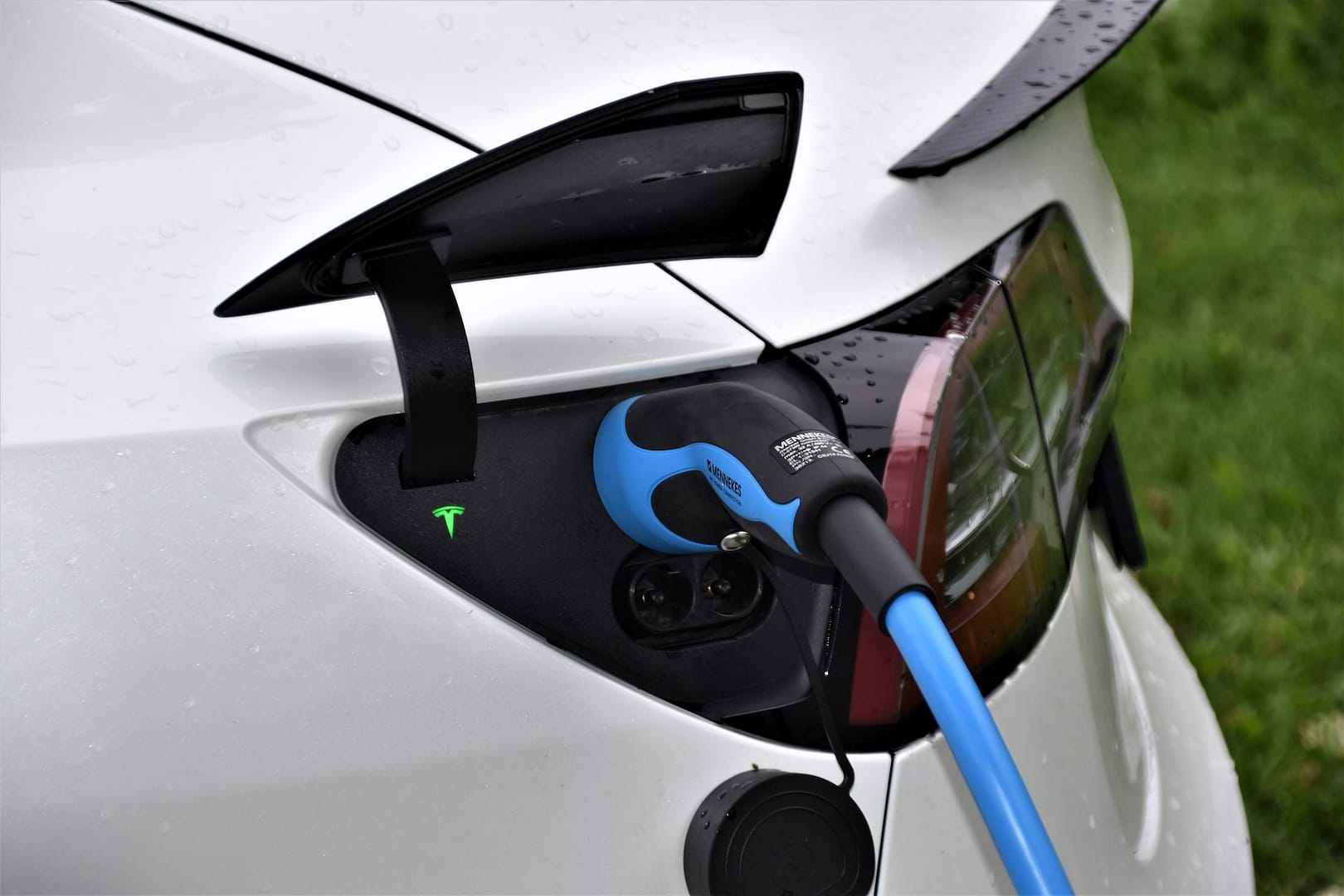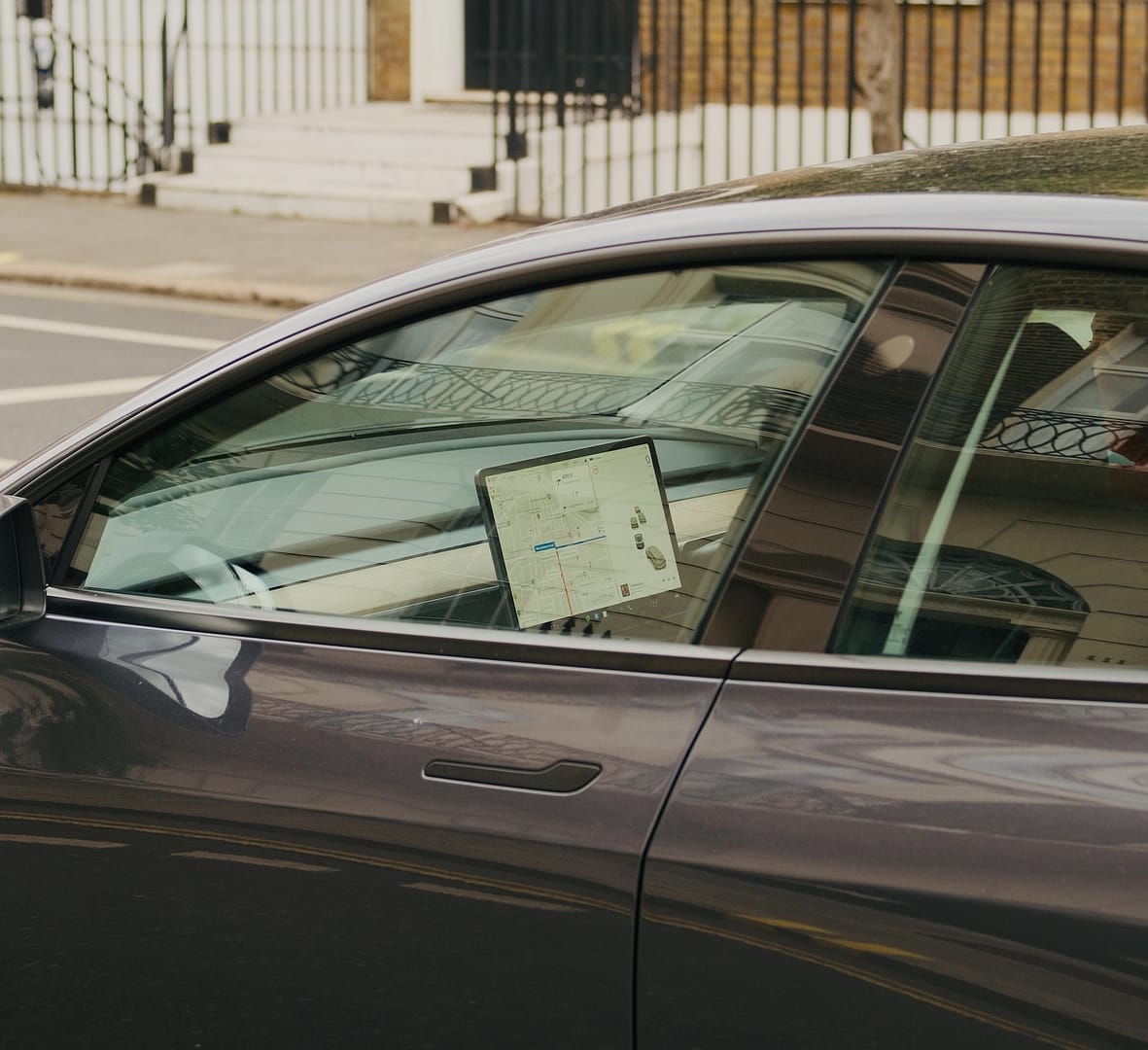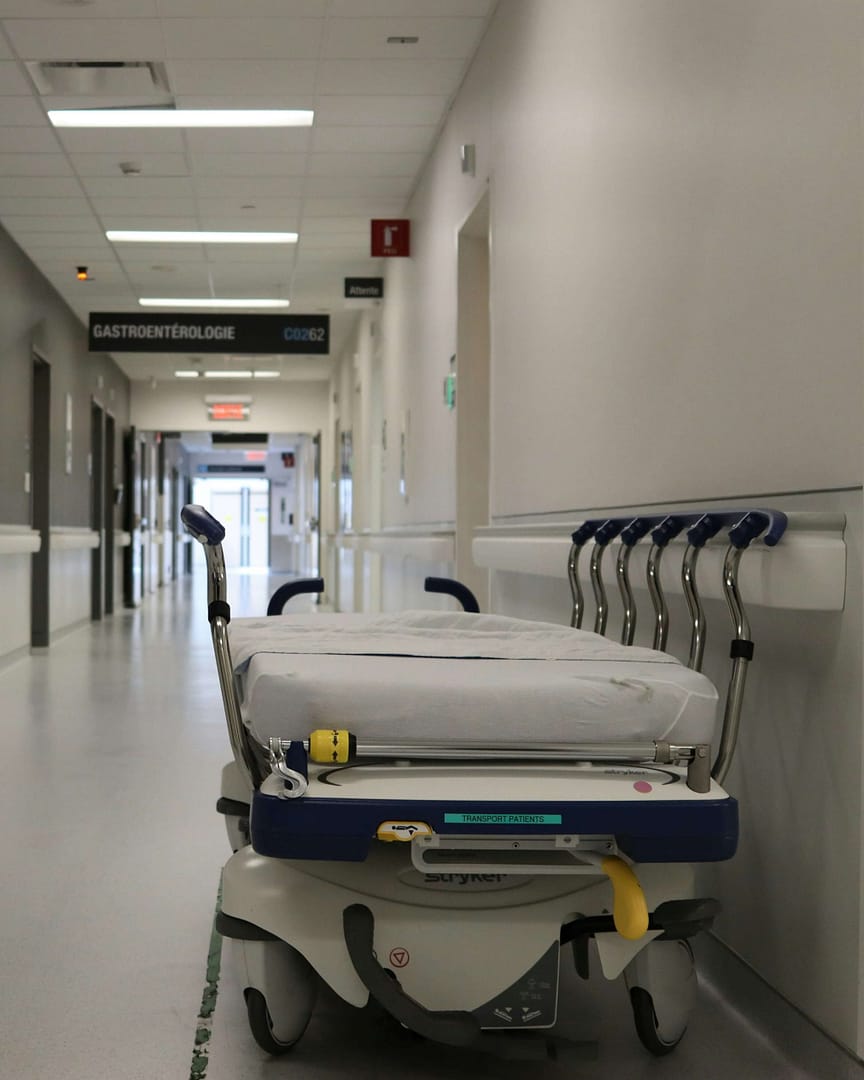The roads are bustling with life – a symphony of machines, humans, and nature. Amidst this intricate dance of motion, the safety of vulnerable road users often hangs in the balance. Weaving through the tapestry of roadways, car technology emerges as a guardian, holding the potential to protect these vulnerable individuals. In the United Kingdom, as in many other parts of the world, innovations in car technology have reshaped the landscape of road safety. But what are these technologies, and how do they work to safeguard those at risk? We will also walk you through the process of making a road traffic accident claim with us at National Claims.
The Current State of Road Safety Technology
Before delving into the potential of car technology to protect vulnerable road users, it’s crucial to understand the technologies currently in use. In the United Kingdom, where road safety is a paramount concern, various state-of-the-art systems are employed to enhance safety for all.
Advanced Driver Assistance Systems (ADAS)
ADAS has heralded a new era in road safety. These systems incorporate a range of technologies, such as adaptive cruise control, lane-keeping assist, and automated emergency braking, to assist drivers in navigating the road. For example, if a driver begins to veer out of their lane, the lane-keeping assist system can gently steer the vehicle back into the correct lane, reducing the risk of collisions with vulnerable road users.
Pedestrian Detection Systems
Pedestrian detection systems are designed to identify individuals on foot, even in low-light conditions. They utilise a combination of cameras, sensors, and artificial intelligence algorithms to recognise pedestrians and issue warnings or intervene if a collision is imminent. This technology can be especially crucial in urban areas where pedestrians are more prevalent.
Blind Spot Monitoring
Blind spot monitoring systems use radar and cameras to detect vehicles or cyclists in the driver’s blind spot. If a vehicle is detected in the blind spot, the system provides visual or audible alerts to the driver, helping prevent dangerous lane-change accidents involving motorcyclists or cyclists.
The Mechanics of Car Technology in Protecting Vulnerable Road Users
Now that we’ve established the current technologies in use, let’s dive into how these innovations function to protect vulnerable road users. It’s a fascinating journey through the inner workings of these systems.
Sensors, Cameras, and Algorithms
At the heart of modern car safety technology are sensors, cameras, and sophisticated algorithms. These components work together to perceive the world around the vehicle. Sensors, like radar and lidar, emit signals and receive echoes to create a 360-degree view of the vehicle’s surroundings. Cameras capture visual information, while algorithms process and analyse this data in real time.
Collision Detection and Prevention
One of the primary goals of car technology is to detect potential collisions and take preventive actions. When a car’s sensors and cameras identify a vulnerable road user in close proximity, the system can issue warnings to the driver, apply the brakes, or take evasive action if necessary. For example, if a pedestrian unexpectedly steps into the path of an oncoming car, the technology can activate automatic emergency braking to avoid or mitigate the impact.
Adaptive Cruise Control
Adaptive cruise control is a game-changer for highway safety. This system not only maintains a safe following distance from the vehicle ahead but can also slow down or speed up the car to match the pace of traffic. It’s particularly beneficial for protecting vulnerable road users on busy motorways, as it helps prevent sudden stops and starts that can catch pedestrians or cyclists off guard.
Lane-Keeping Assist
Lane-keeping assist systems help prevent vehicles from drifting into adjacent lanes. In scenarios where a cyclist or motorcyclist is sharing the same lane with a car, these systems are invaluable. By ensuring that the vehicle remains within its lane, the risk of a collision is substantially reduced.
Pedestrian Detection and Warning
Pedestrian detection systems work tirelessly to identify individuals on foot, whether they’re crossing the road or walking alongside it. Once detected, the system can issue audible or visual warnings to the driver, ensuring they are aware of the pedestrian’s presence. This early alert can be a lifesaver, giving the driver precious seconds to react.
Blind Spot Monitoring
Blind spot monitoring is a boon for motorcyclists and cyclists. By constantly scanning the vehicle’s blind spots, this system provides timely alerts to the driver if another vehicle or a cyclist is present, thus reducing the likelihood of accidents when changing lanes.
Night Vision Assistance
In low-light conditions or at night, visibility can be a significant challenge. Night vision assistance systems utilise thermal imaging or infrared cameras to detect heat signatures, allowing the driver to spot pedestrians or cyclists in the dark. This technology extends the safety net to hours when visibility is naturally limited.
The Road to a Safer Future
While we have established the mechanics of car technology in safeguarding vulnerable road users, it’s important to look ahead to the future of road safety. The potential for innovation in this field is boundless.
Vehicle-to-Everything (V2X) Communication
V2X communication systems enable vehicles to “talk” to each other and to infrastructure like traffic lights and pedestrian crosswalks. This technology can provide real-time information to drivers about the presence of pedestrians or cyclists in their vicinity. It has the potential to create a seamless network that enhances the safety of all road users.
Autonomous Vehicles
Autonomous vehicles are on the horizon, promising a revolution in road safety. These self-driving cars can be programmed to be hyper-aware of vulnerable road users and are designed to make decisions in milliseconds to avoid accidents. While they are still in the testing and development phase, their potential to protect pedestrians and cyclists is a beacon of hope.
Infrastructure Improvements
Beyond the technology within vehicles, road infrastructure is also evolving to enhance safety. In the UK, for example, the installation of pedestrian-friendly features like pedestrian islands and shared-use paths can reduce the risk for vulnerable road users. These physical changes, combined with smart technology, create a holistic approach to safety.
Making a Road Traffic Accident Claim with National Claims
At National Claims, we understand that accidents can still happen despite the advanced safety features in modern vehicles. In the unfortunate event of a road traffic accident, especially one involving a vulnerable road user, you may be eligible to make a claim for compensation. Here’s how the claims process works:
Initial Consultation
The first step in making a road traffic accident claim is to schedule an initial consultation with one of our experienced solicitors. During this consultation, you’ll have the opportunity to discuss the details of your accident and any injuries sustained. This initial conversation is essential for us to assess the viability of your claim.
Gathering Evidence
To build a strong case, it’s crucial to gather all relevant evidence related to the accident. This may include police reports, witness statements, photographs of the accident scene, and medical records detailing your injuries. Our legal experts will guide you through the process of collecting this evidence.
Assessing Liability
In road traffic accidents, determining liability is a key factor in any compensation claim. Our team will work diligently to establish who was at fault in the accident. This may involve examining traffic laws, analysing witness statements, and reviewing any available surveillance footage.
Calculating Compensation
Once liability is established, we can proceed with calculating the compensation you may be entitled to. Compensation typically covers medical expenses, lost wages, pain and suffering, and other related costs. Our goal is to ensure that you receive fair and just compensation for your injuries and losses.

Conclusion
Car technology in the United Kingdom, and worldwide, has evolved at a rapid pace to protect vulnerable road users. The blend of sensors, cameras, and advanced algorithms has paved the way for innovations like adaptive cruise control, lane-keeping assist, pedestrian detection systems, and blind spot monitoring. These technologies work together to detect, alert, and intervene when necessary, preventing collisions and saving lives. As we look to the future, V2X communication, autonomous vehicles, and infrastructure improvements offer even more promising avenues to enhance road safety. With each advancement, we draw closer to a world where the roads are safer for everyone, ensuring that vulnerable road users can navigate their journeys without fear.
In the unfortunate event of a road traffic accident, organisations like National Claims are there to support and guide individuals through the process of making a compensation claim. This added layer of protection ensures that those who have been injured can access the necessary resources to recover and move forward with their lives. As technology and legal support continue to advance, the future appears brighter for vulnerable road users, offering the promise of safer journeys on our roads.
Start your claim today by contacting us and find out more about how we deal with road traffic accidents.
Click below to see why we are one of the most trusted claims management companies in the UK.

We’re proud of our excellent customer reviews
We thrive on delivering exceptional service and ensuring our clients’ satisfaction. Don’t just take our word for it. Check out some of our independent reviews to see what our clients have to say.
Excellent

This firm is excellent, they sorted out my car pay out and injury claim very fast, they always communicate with you all the time.

My accident case was dealt with confidence and with great result of the outcome, especially James kept me informed all the time.

I was very impressed at the way my inquiry was treated. I was listened to attentively and everything I needed to know was explained to me.






